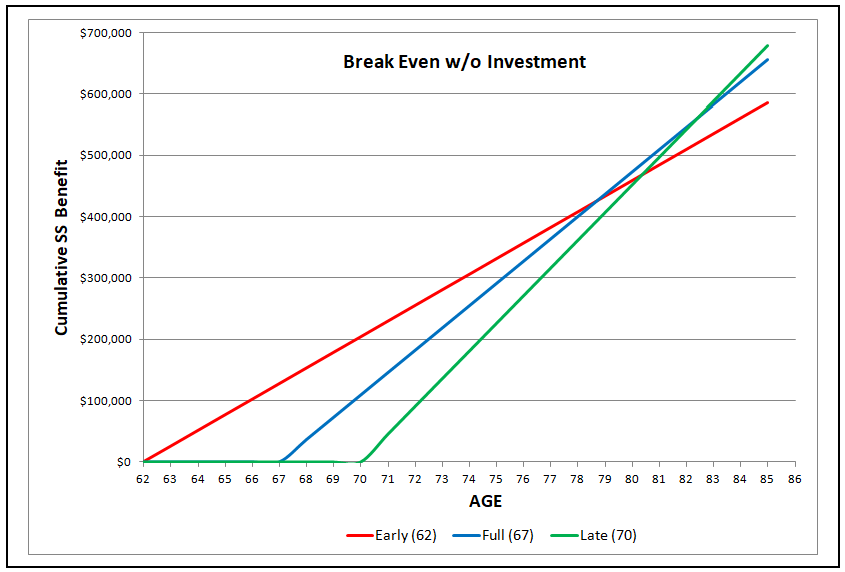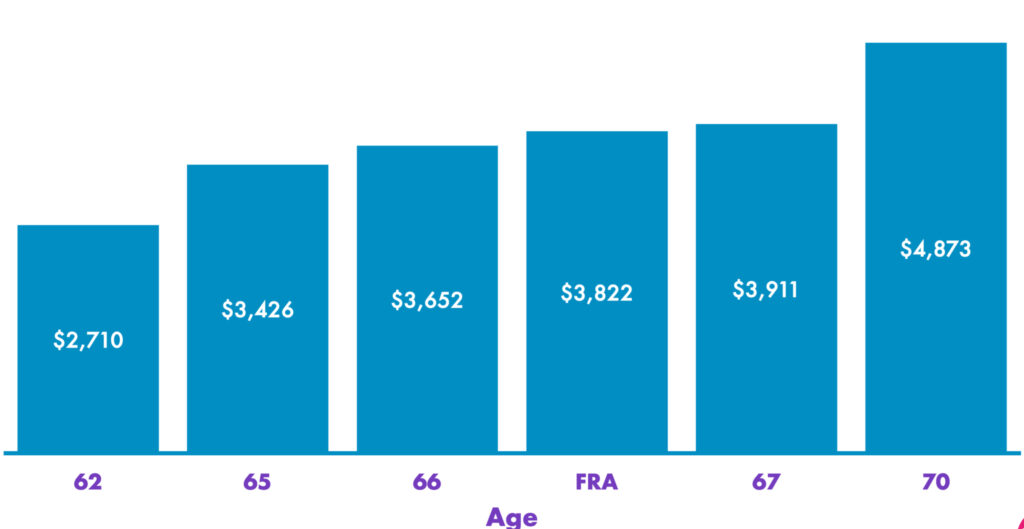
The Social Security Administration (SSA) has announced a 2.8% increase in monthly benefits under its cost-of-living adjustment (COLA) for 2026. While most beneficiaries will see the raise in January, nearly 7.5 million Supplemental Security Income (SSI) recipients will receive the higher payment on December 31, 2025, reflecting an early adjustment in line with SSA payment rules.
Social Security Raises Arrive Early
| Key Fact | Detail / Statistic |
|---|---|
| COLA Increase | 2.8% for 2026 |
| Early SSI Payment | December 31, 2025 |
| Average Retirement Increase | $56/month |
| Affected Beneficiaries | 71 million OASDI, 7.5 million SSI |
| Maximum Taxable Earnings | $184,500 in 2026 |
| Official Website | SSA |
Understanding the Cost-of-living Adjustment: COLA
The cost-of-living adjustment (COLA) is the mechanism by which Social Security benefits rise annually to offset inflation. The SSA calculates COLA using the Consumer Price Index for Urban Wage Earners and Clerical Workers (CPI-W). A higher CPI-W increase typically translates to a larger COLA. The 2.8% raise for 2026 reflects moderate inflation growth compared to the previous years.
Historical Perspective
Historically, COLAs have fluctuated significantly. In 2023, beneficiaries saw an 8.7% increase, the largest in decades, reflecting post-pandemic inflation. By contrast, in some years with low inflation, the increase has been minimal or even zero, such as in 2010 when benefits were frozen. Analysts note that while the 2026 adjustment is modest, it represents a continuation of the SSA’s attempt to maintain purchasing power.
Payment Timing: Early SSI Distribution
Why SSI Recipients Receive Benefits Early
The SSA’s calendar stipulates that when the first of a month falls on a holiday or weekend, payments are moved to the preceding business day. January 1, 2026, is a holiday, so SSI payments are advanced to December 31, 2025, resulting in an early payment. Regular retirement, disability, and survivors benefits under OASDI will begin their COLA-adjusted payments in January 2026.
What Beneficiaries Should Do
Recipients should review their SSA notices, ensure their direct deposit information is accurate, and be vigilant against scams. SSA fraud warnings emphasize that employees or agencies never call or email asking for Social Security numbers or account information.
Financial Impact of the 2.8% Increase
Average Benefit Increases
The SSA projects that the average retirement benefit will increase by about $56 per month, providing some relief against inflation-driven costs. Disabled beneficiaries and survivors will see proportional increases based on their respective benefit amounts.
Cost-of-Living vs. Real Expenses
While the 2.8% COLA offers a boost, it may not fully cover rising costs in healthcare, housing, and energy. Economists highlight that older adults often spend a higher percentage of their income on healthcare, which historically rises faster than general inflation.

Detailed Breakdown by Beneficiary Type
| Beneficiary Type | Example Monthly Benefit (2025) | 2026 Increase (2.8%) | New Monthly Benefit |
|---|---|---|---|
| Retired Worker | $2,000 | $56 | $2,056 |
| Disabled Worker | $1,500 | $42 | $1,542 |
| Survivor | $1,800 | $50 | $1,850 |
| SSI Recipient | $914 | $26 | $940 |
Note: Figures are illustrative averages. Actual benefits vary by earnings history and eligibility.
Broader Economic and Programmatic Context
Social Security Trust Fund
The SSA faces long-term funding challenges. Current projections indicate that the OASDI trust fund may face depletion by 2034 under present law. COLA adjustments help maintain beneficiaries’ purchasing power but also contribute to ongoing program expenditures. Policymakers are actively discussing legislative options to ensure program sustainability.
Inflation Trends
The CPI-W, which determines COLA, rose roughly 2.7% in the third quarter of 2025. This moderate inflation accounts for the 2.8% adjustment, signaling a slowdown compared with previous years of high inflation. Economists warn that if inflation spikes, future COLAs may need to be higher to prevent erosion of purchasing power.
Expert Opinions
Senior Advocacy Groups: Some groups argue that even with the COLA increase, benefits may not keep pace with the actual cost pressures faced by seniors, particularly in healthcare and housing.
Economists: Dr. Anya Sharma, a senior fellow at the Brookings Institution, commented, “The 2026 COLA provides incremental relief, but many beneficiaries still struggle to meet rising daily living costs. Policy adjustments may be required to protect low-income seniors.”
SSA Officials: SSA Commissioner Frank J. Bisignano stated, “Social Security is a promise kept, and the annual cost-of-living adjustment is one way we work to ensure benefits reflect today’s economic realities.”

State Variations
Some U.S. states provide supplemental payments to Social Security recipients. For instance, California, New York, and Pennsylvania offer additional state benefits that are adjusted independently of SSA’s COLA. Understanding local provisions can help beneficiaries maximize income support.
Practical Guidance for Beneficiaries
- Budget Planning: Even modest increases can help cover necessities; seniors are advised to review budgets in light of the COLA.
- Tax Implications: Social Security benefits may be taxable depending on total household income. The additional $56 may have minor tax effects.
- Avoid Scams: SSA never asks for sensitive information over the phone. Always verify notices via official SSA channels.
- Dual Benefit Recipients: Those receiving both SSI and Social Security benefits should track both schedules to avoid confusion.
Future Outlook
2027 and Beyond
With inflation expected to fluctuate, future COLAs could be larger or smaller. Analysts are closely monitoring the economic environment, including energy costs, housing prices, and healthcare inflation.
Legislative Considerations
Social Security program sustainability continues to be debated in Congress. Potential solutions include gradual tax rate adjustments, changes to the benefit formula, or alternative funding mechanisms. Any modifications would affect both future COLAs and the timing of benefit distributions.
FAQ About Social Security Raises
Q: Will the early December payment affect taxes?
A: No, the payment is counted in the year it is received. Beneficiaries should consult tax advisors for their specific situation.
Q: How will SSI recipients know about the early raise?
A: SSA will send notices via mail and the “my Social Security” online portal detailing the new payment amount and schedule.
Q: Could COLA increases be delayed in the future?
A: Payments follow a statutory schedule. Only changes to legislation or unusual economic conditions could affect timing.






